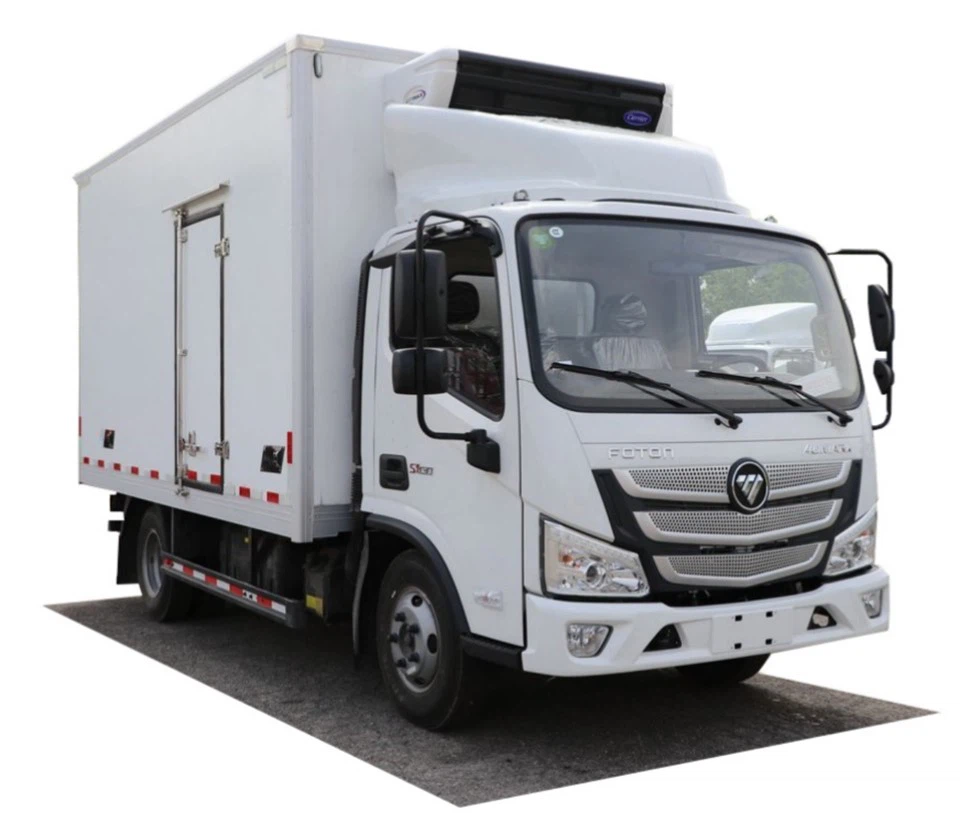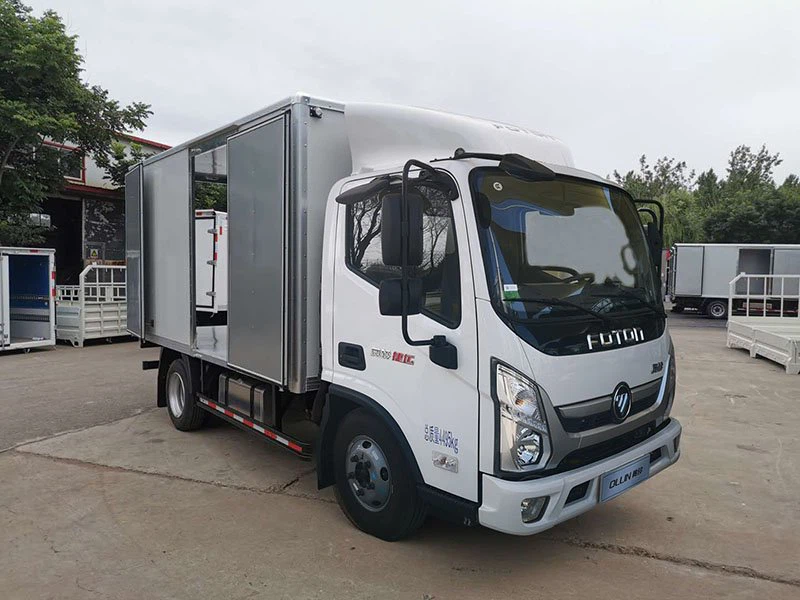How Much Weight Can a Trash Truck Lift? Understanding the Weight Limitations of Garbage Trucks

Trash trucks play a crucial role in waste management, ensuring that our cities and towns stay clean and sanitary. However, many people are often curious about the capacities of these vehicles, particularly when it comes to how much weight they can lift. In this article, we’ll explore the different factors that determine a trash truck’s lifting capacity, the types of trash trucks available, and practical tips for understanding these vehicles’ weight limits.
What Are Trash Trucks?
Trash trucks, also known as garbage trucks, waste collection vehicles, or refuse trucks, are specially designed vehicles used for collecting and transporting waste materials. These trucks come in various shapes and sizes, but they all share the common goal of keeping our communities clean. Understanding how much weight a trash truck can lift is essential for waste management companies, municipal authorities, and even households.
Types of Trash Trucks
There are several types of trash trucks, each designed for specific purposes. The weight capacities may vary significantly based on the design and purpose of each truck type.
1. Rear-Loader Trash Trucks
Rear-loader trucks are commonly used in residential areas, equipped with a hydraulic lift at the back. These trucks can typically carry between 15,000 to 30,000 pounds (6,800 to 13,600 kg).
2. Front-Loader Trash Trucks
Front-loader trucks are often used for commercial waste collection. They are designed to lift large dumpsters and can lift about 20,000 to 30,000 pounds (9,000 to 13,600 kg) depending on the truck’s specifications.
3. Side-Loader Trash Trucks
Side-loader trucks use a mechanical arm to collect waste, and they are known for their efficiency in residential routes. Their capacity usually ranges from 15,000 to 25,000 pounds (6,800 to 11,300 kg).
4. Compactor Trucks
These trucks are designed to compress waste to maximize space. Compacting waste reduces its volume, allowing for more to be collected. They can handle weights between 20,000 to 30,000 pounds (9,000 to 13,600 kg).
Factors Affecting the Weight Capacity of Trash Trucks
The lifting capacity of a trash truck can be influenced by several factors:
1. Truck Design and Structure
The overall design and structural integrity of the truck play a significant role in determining how much weight it can lift. Trucks have different frames, hydraulics, and lifting mechanisms suited for varying types of waste.
2. Waste Type and Density
Different types of waste have varying densities. For example, yard waste or light, bulky items will be easier to lift than compacted trash or construction debris.
3. Local Regulations
Many municipalities impose weight limits on trucks to avoid damaging roadways. Local regulations may limit how much weight a truck can carry at any given time.

4. Load Distribution
Even if a truck has a high maximum weight limit, uneven distribution of the load can cause operational issues. Proper load distribution is necessary for safety and to maintain optimal operational efficiency.
Typical Weight Capacities of Common Trash Trucks
| Truck Type | Typical Capacity (lbs) | Typical Capacity (kg) |
|---|---|---|
| Rear-Loader | 15,000 – 30,000 | 6,800 – 13,600 |
| Front-Loader | 20,000 – 30,000 | 9,000 – 13,600 |
| Side-Loader | 15,000 – 25,000 | 6,800 – 11,300 |
| Compactor Truck | 20,000 – 30,000 | 9,000 – 13,600 |
Practical Tips for Maximizing Trash Truck Efficiency
1. Schedule Regular Pickups
To avoid overloading trash trucks, it’s essential to have regular waste collection schedules. This helps manage the waste load effectively and prevents excess weight issues.
2. Educate Residents on Waste Disposal
Educating the community on proper waste disposal practices can reduce the amount of hazardous or non-compliant waste, which can also affect the truck’s weight limit.
3. Use Designated Types of Trash Bags
Encouraging the use of specific trash bags helps in easy identification of waste types and reduces the risk of overloading by preventing residents from placing heavy items in standard bags.

4. Optimize Collection Routes
Optimizing collection routes can help ensure that trash trucks operate within their limits, saving fuel and reducing wear and tear on the vehicle.
Safety Measures for Trash Trucks
When it comes to operating trash trucks, safety is paramount. A few key safety measures include:
1. Proper Training for Operators
Operators should undergo thorough training to understand the truck’s lifting capacity and load limits to avoid accidents.
2. Regular Maintenance Checks
Routine inspections should be conducted on the hydraulic systems, brakes, and general truck conditions to ensure safety norms are met.
3. Safe Loading Practices
Ensuring that loads are evenly distributed and within weight limits is key to maintaining safety during trash collection.
Environmental Impact of Trash Collection
Trash collection not only affects the cleanliness of communities, but it also has implications for the environment. Understanding a truck’s weight capacity and operational efficiency can significantly reduce emissions and fuel consumption.
1. Reducing Landfill Use
Efficient trash collection can help minimize the volume of waste sent to landfills by promoting recycling and composting efforts.
2. Cost-effectiveness
Maximizing the weight capacity reduces the number of trips a truck must make, ultimately lowering operational costs.
FAQs About Trash Trucks and Weight Capacities
1. What is the average weight limit for a trash truck?
The average weight limit for a trash truck ranges from 15,000 to 30,000 pounds, depending on the type of truck.
2. How can I find out the specific weight capacity of a garbage truck?
Each truck has a manufacturer’s specification label that indicates its weight capacity. Checking the owner’s manual can also provide details.
3. What happens if a trash truck exceeds its weight limit?
Exceeding weight limits can lead to mechanical failure, safety hazards, and potential road damage, plus legal penalties.
4. Can trash trucks lift heavy furniture?
Some trash trucks can lift heavy furniture items, but they should be placed correctly and within weight limits to avoid damage.
5. Are there special regulations for commercial trash collection trucks?
Yes, commercial trucks often have stricter regulations due to the nature of waste they collect and their higher frequency of service.

6. How does the type of waste affect truck lifting capacity?
The type and density of waste directly impact a truck’s lifting capacity. Lighter, bulkier materials are easier to lift than compact, heavy debris.
